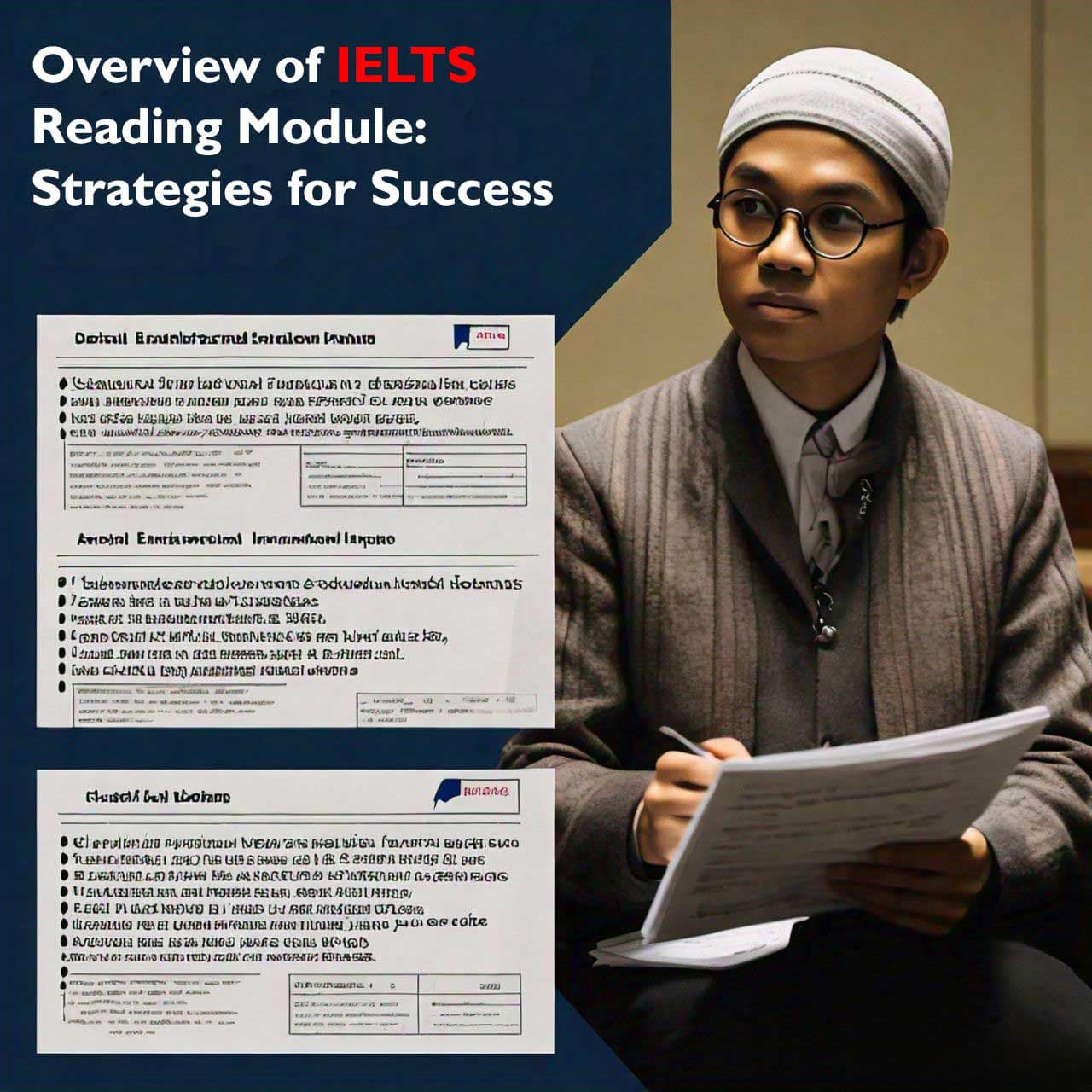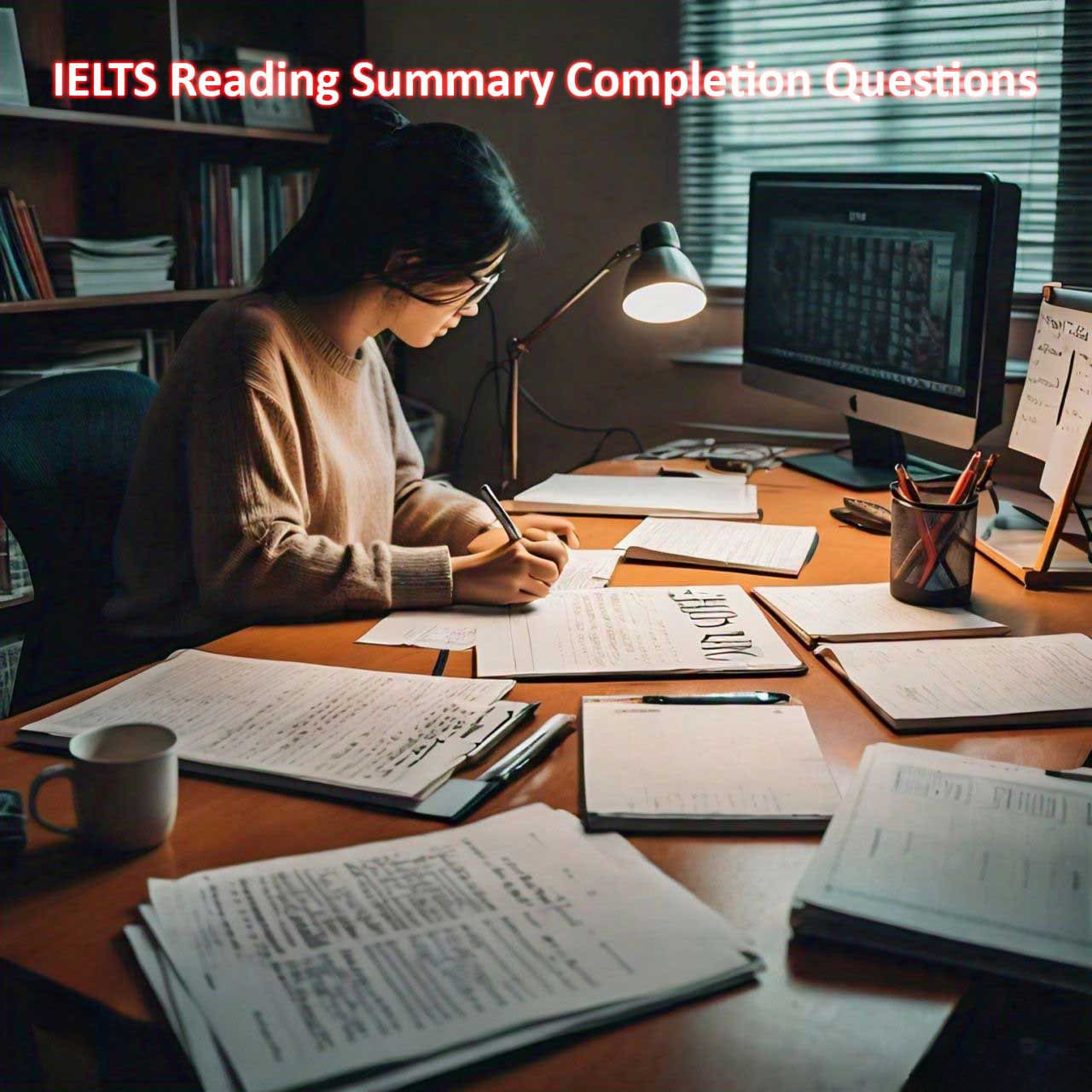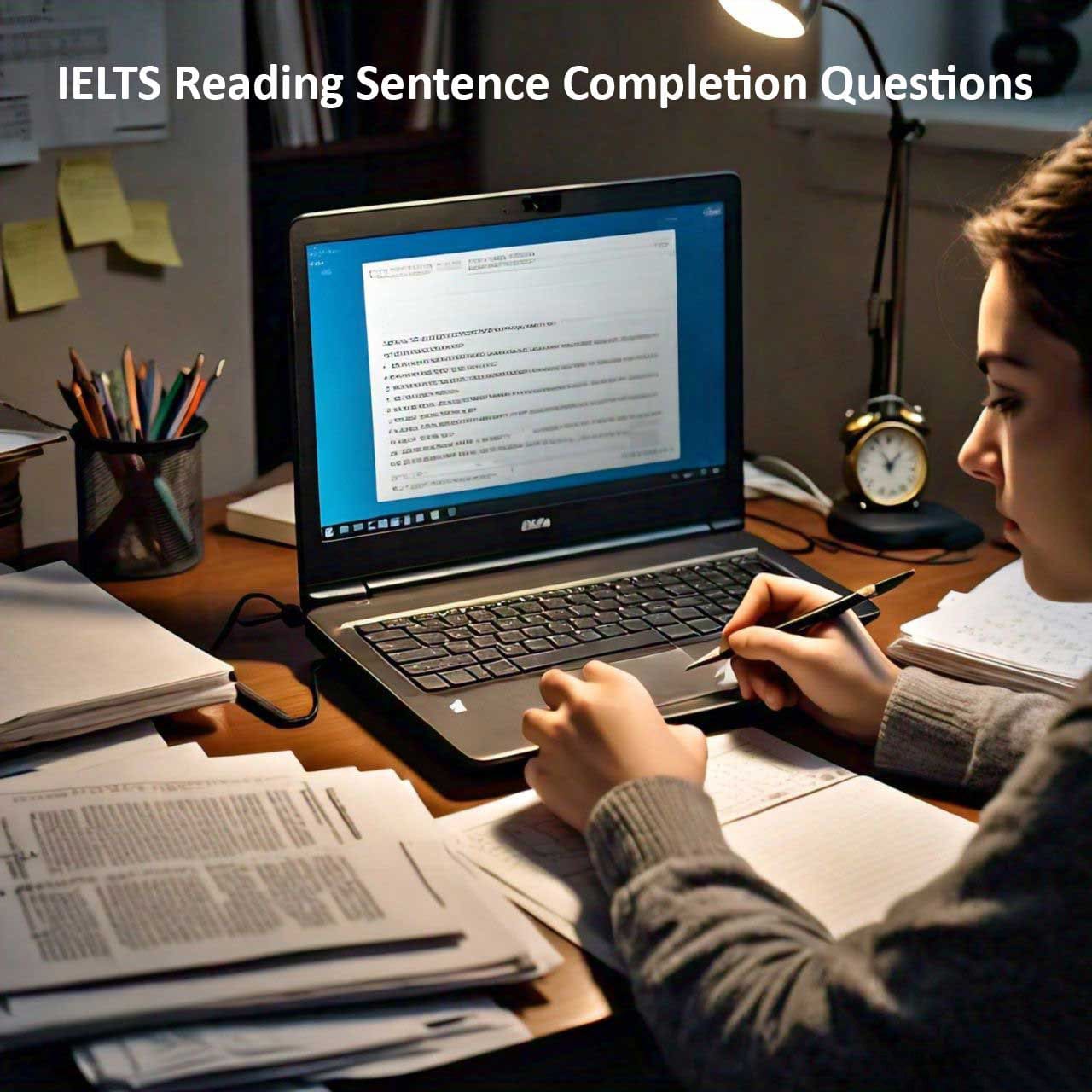The IELTS Reading module is a critical part of the IELTS exam, designed to assess your reading comprehension skills in English. Whether you’re taking the Academic or General Training version, this module evaluates your ability to understand and interpret texts from various sources. In this blog post, we’ll provide an overview of the IELTS Reading module, its structure, types of questions, scoring, and essential tips to help you succeed.
Table of Contents
Structure of the IELTS Reading Module
The IELTS Reading module lasts for 60 minutes and consists of 40 questions. The content and difficulty level differ slightly between the Academic and General Training versions, but the overall format remains the same.
Academic Reading
The Academic Reading module includes three long texts which range from descriptive and factual to discursive and analytical. These texts are taken from books, journals, magazines, and newspapers, and are intended for a non-specialist audience. They may also include diagrams, graphs, or illustrations.
General Training Reading
The General Training Reading module is divided into three sections:
1. Section 1: Contains two or three short factual texts, one of which may be a composite (consisting of 6-8 short texts related by topic, such as advertisements).
2. Section 2: Features two short, work-related texts.
3. Section 3: Includes one longer, more complex text on a topic of general interest.
Types of Questions
The Reading module features a variety of question types designed to test different reading skills, such as understanding main ideas, finding specific information, understanding arguments, and recognizing writers’ opinions.
– Multiple Choice: Choose the correct answer from several options.
– Identifying Information (True/False/Not Given): Determine if the information in the statement is true, false, or not given in the text.
– Identifying Writer’s Views/Claims (Yes/No/Not Given): Decide if the statements reflect the writer’s views or claims.
– Matching Information: Match information to the paragraphs where it appears.
– Matching Headings: Match headings to the correct paragraphs or sections.
– Matching Features: Match features to a list of options (e.g., names of people to their statements).
– Matching Sentence Endings: Complete sentences by choosing the correct ending from a list.
– Sentence Completion: Complete sentences with words from the text.
– Summary/Note/Table/Flow-Chart Completion: Fill in the gaps in a summary, note, table, or flow-chart.
– Diagram Label Completion: Label a diagram using words from the text.
– Short-Answer Questions: Answer questions with a few words.
Scoring System
Each correct answer in the Reading module earns you one mark, and the total number of correct answers out of 40 determines your band score. Scores are reported in whole and half bands, ranging from 0 to 9. The table below provides a general guide to how raw scores convert to band scores:
Academic Reading
| Raw Score | Band Score |
|---|---|
| 39-40 | 9 |
| 37-38 | 8.5 |
| 35-36 | 8 |
| 32-34 | 7.5 |
| 30-31 | 7 |
| 26-29 | 6.5 |
| 23-25 | 6 |
| 18-22 | 5.5 |
| 16-17 | 5 |
| 13-15 | 4.5 |
| 10-12 | 4 |
General Training Reading
| Raw Score | Band Score |
|---|---|
| 40 | 9 |
| 39 | 8.5 |
| 37-38 | 8 |
| 36 | 7.5 |
| 34-35 | 7 |
| 32-33 | 6.5 |
| 30-31 | 6 |
| 27-29 | 5.5 |
| 23-26 | 5 |
| 19-22 | 4.5 |
| 15-18 | 4 |
Essential Tips for Success
1. Familiarize Yourself with the Format
Understand the structure and types of questions in the Reading module. Practice with sample tests to get used to the format and timing.
2. Develop Skimming and Scanning Skills
Skimming involves quickly reading a text to get the general idea, while scanning involves looking for specific information. These skills are crucial for managing your time effectively during the test.
3. Improve Your Vocabulary
A strong vocabulary will help you understand the texts better and answer the questions more accurately. Read a variety of English materials, such as newspapers, magazines, and academic journals, to expand your vocabulary.
4. Practice Time Management
You have 60 minutes to answer 40 questions, so it’s essential to allocate your time wisely. Practice completing each section within the allotted time to ensure you can finish the test on time.
5. Read Instructions Carefully
Each question type has specific instructions that you must follow. For example, if a question asks for “no more than three words,” ensure your answer meets this requirement to avoid losing marks.
6. Pay Attention to Keywords
Keywords in the questions can help you locate the relevant parts of the text quickly. Look for synonyms and paraphrases, as the exact wording might not always be used.
7. Review Your Answers
If you have time, go back and review your answers. Ensure they are clear and that you have followed all instructions correctly.
Conclusion
The IELTS Reading module is a vital part of the IELTS exam, assessing your ability to comprehend and interpret written English. By understanding its structure, practicing regularly, and employing effective reading strategies, you can significantly enhance your performance. Remember, preparation and practice are key to achieving a high band score. Good luck with your IELTS Reading preparation!



